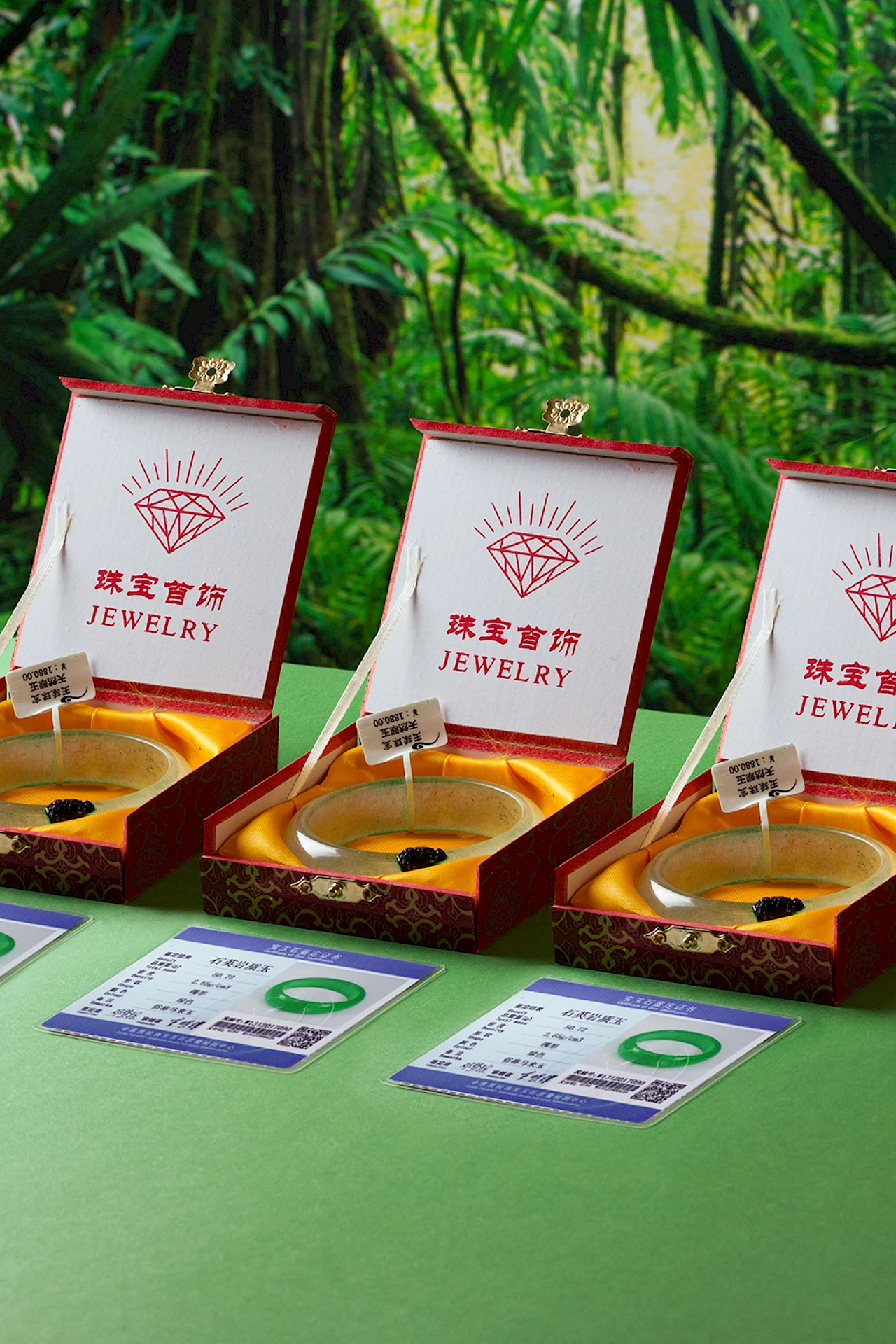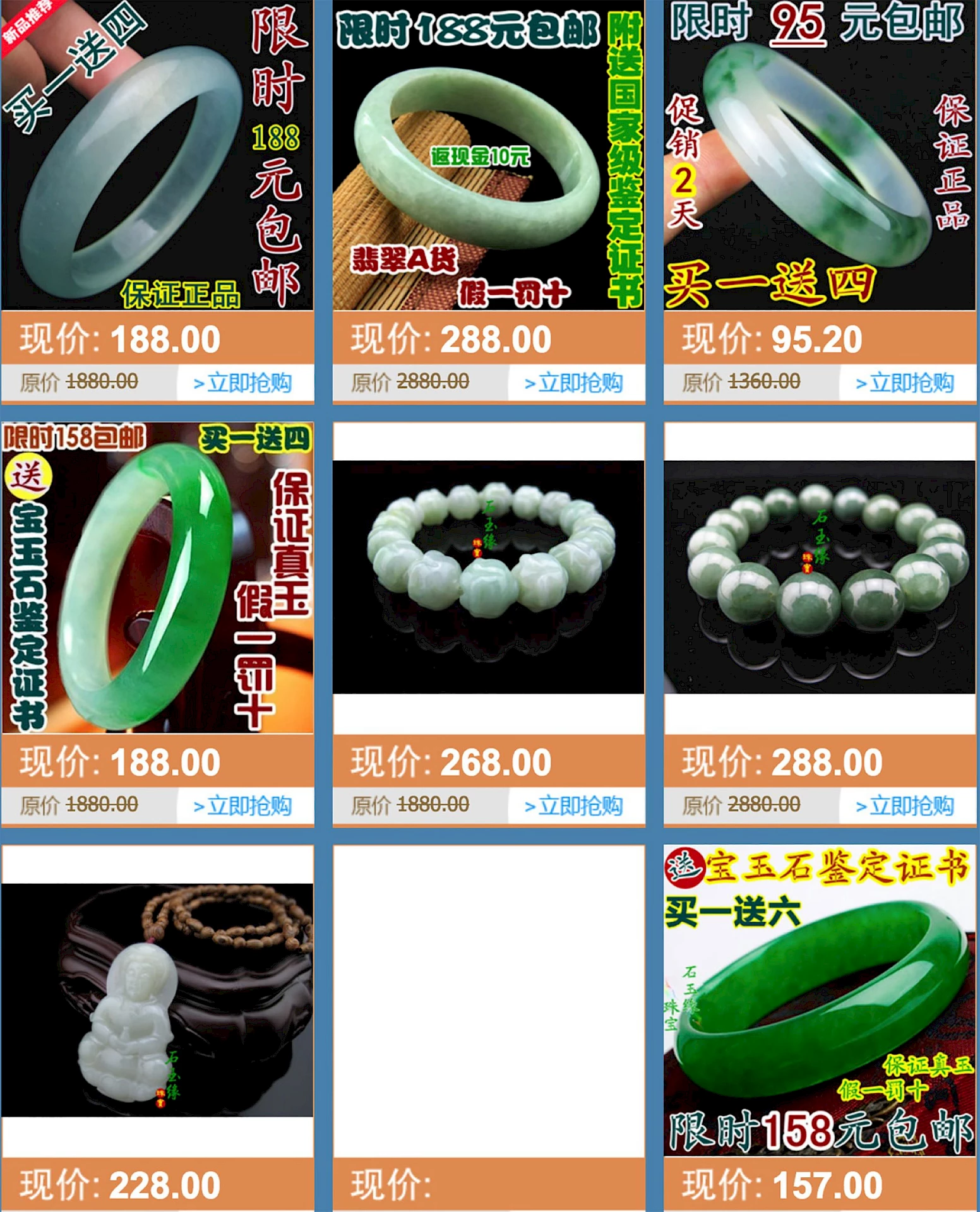If FAKE is an object, it is about pretending. FAKE can also be a non-object: it can be a fiction, a story that has never happened. Malaysian Jade is a combination of fake material and fiction: It first appeared in the 1980s at the border between China and Burma – a renowned market place for jade. The Malaysian Jade has a uniform-green colour and a translucent gloss, which is considered a sign for high quality. Indian and Pakistan businessmen used to sell it, claiming that this type of jade originated from Malaysia, while in fact, it is a dyed quartzite. Even today the so-called Natural Malaysian Jade is paradoxically advertised with the exact same strategy.
On the one hand, I am interested in how this fake description became a common term 30 years after the product’s appearance on the market, and how this is related to the disastrous, economical implications for the individual customers, who believed that they would invested in jade. On the other hand, I am interested in the particular colour of Malaysian Jade and researched its composition. For this project, I bought a Malaysian Jade bangle, which came with a jewellery box, a certificate containing wrong information and a fake price tag. I withdrew the green pigment with acid and extracted it into a solid substance. Afterwards I formed the extract into a small bump and placed it back onto the bangle, so that the original pigment component transformed into an exterior attachment. The price tag is still pinned to the bangle. It says 1880 RMB, which equals 218 Euros. I paid 8 Euros.
“造假”的形式可以是一个物体,也可以是一件虚构的事。 “马来玉”两者兼有,它上世纪80年代首次出现在中缅边境的玉石市场上。这种被印度和巴基斯坦商人们声称来自马来西亚的翡翠有着高档翡翠的标志性特征,均匀的绿色和通透的光泽,然后事实上它们只是染色石英岩。至今很多商人依然会用“天然马来玉”这样充满矛盾的描述。 一方面我对“马来玉”这个名词感兴趣,经过三十年的时间,它从一个虚假的描述逐渐变成了一个市场上的专有名词。另一方面它特有的绿色吸引了我去做研究。我在淘宝上买了一枚马来玉手镯,它附带一个首饰盒,一张用词含糊的证书和一个打印着假价格的价签。我用酸漂白了这个手镯,并且提取里面的染料,然后把这个提取物附着在这枚褪色的手镯表面——原本在内部的染料,现在成了一个附属物。那个印着1880元的价签也保留在手镯上,而实际上我只花了80元。



